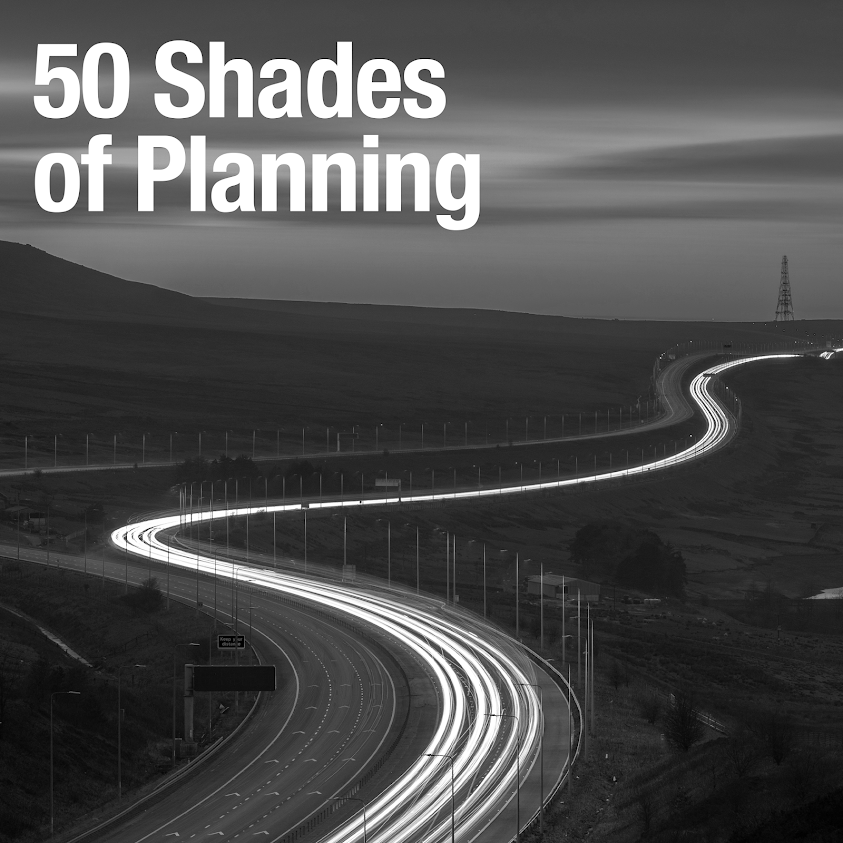In a fantastic example of joined-up, cross-department government thinking, the Farrell Review, an independent review of architecture and the built environment, will report today, barely three weeks after the publication of national planning policy guidance (NPPG).
Sir Terry Farrell was commissioned by Culture and Creative Industries Minister Ed Vaizey in March 2013 with the intention of 'helping the
Department for Culture, Media and Sport develop its thinking about the role for
Government in the achievement of high quality design to better influence and
shape policy across government'.
In terms of influencing planning policy though that horse has probably bolted. The NPPG, in the spirit of the NPPF consolidates the 100 pages of guidance in 'By Design: Urban Design in the Planning System' (2000) and 'Better Places to Live By Design' (2001) with 18 pages, emphasises what good design is and why it is important, but provides little by way of practical examples of how good design can be embedded in the planning system.
Whilst the consolidation of guidance was largely welcomed by practitioners, it is telling that RIBA's Head of External Affairs
Anna Scott-Marshall described the housing design section as 'inadequate'.
If the Telegraph's reporting of the Farrell Review is accurate then it's conclusions sound laudable.
- Nominate 'civic champions' within LPAs to 'improve design quality';
- architecture and design on the national curriculum in schools;
- basic design training for councillors who vote on planning decisions;
- more 'design literate' planners;
- making the process of listing buildings more democratic and transparent; and
- cutting VAT on renovation and repair of private homes to 5%.
The first thought that came to my mind though when hearing of the review's launch this morning though was that this is the same government that in 2010 withdrew funding from CABE.
CABE was the direct successor body to the Royal Fine Art Commission and was established in
August 1999 following Richard Roger's Urban Task Force in 1998. Some of CABE's functions, including design review and localism and planning, were merged
with the Design Council in 2011, but it's worth noting that the Design Council charge £4,000 for a preliminary design workshop and £3,500 for planning application review.
At a TCPA conference in 2012 Planning Minster Nick Boles "struck out once again at the poor design of housing
estates arguing that the key to overcoming opposition to development is to make
it more ‘beautiful’."
The Farrell Review might help contribute towards that aim, but it's timing doesn't speak of a government committed to the cause. It does though support another of the Farrell recommendations, which is a chief architect
reporting to both DCMS and DCLG to 'connect government departments and
ensure a consistency of approach'...

Comments
Post a Comment